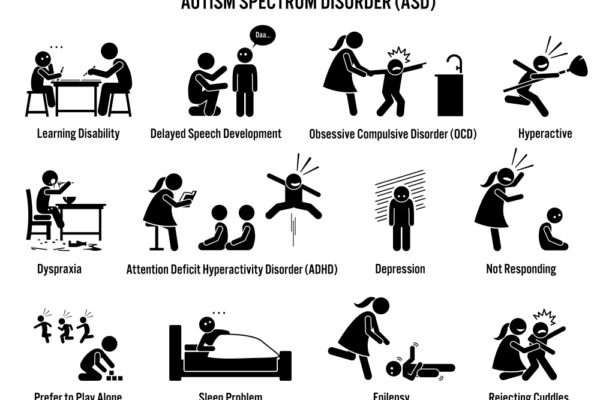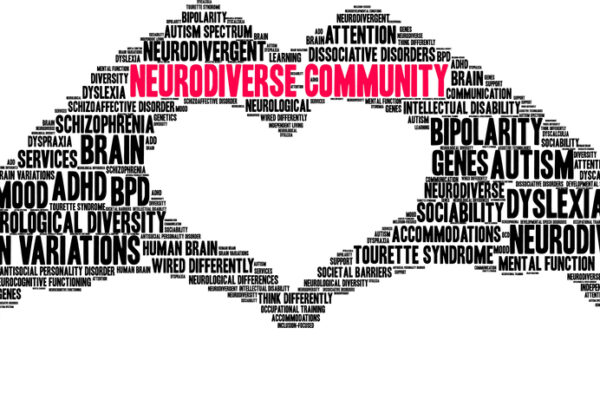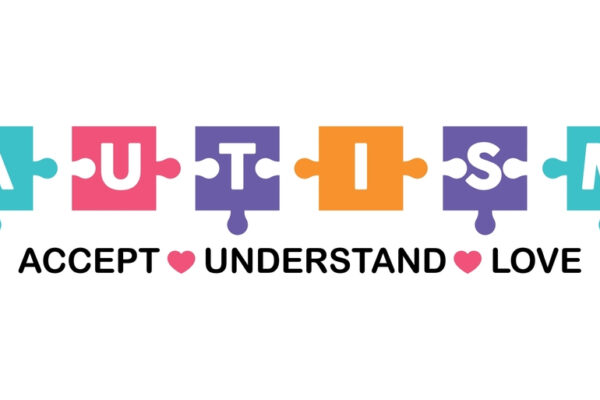- Pakwellness
- 0 Comments
Autism Spectrum Disorder (ASD) is a complex neurodevelopmental condition that affects individuals’ social interactions, communication, and behavior. With a growing prevalence and impact on individuals and their families, understanding autism is crucial for creating a more inclusive and supportive society. In this comprehensive blog, we will explore the intricacies of autism, including its definition, causes, early signs, available interventions, and the importance of embracing neurodiversity. By shedding light on this fascinating topic, we aim to promote acceptance, compassion, and empowerment for individuals on the autism spectrum.
I. Understanding Autism:
A. Defining Autism Spectrum Disorder
Autism Spectrum Disorder (ASD) is a neurodevelopmental disorder characterized by challenges in social communication, restricted interests, and repetitive behaviors. The Diagnostic and Statistical Manual of Mental Disorders (DSM-5) outlines the diagnostic criteria for ASD, emphasizing the importance of impairments in social communication and the presence of restrictive and repetitive behaviors.
1. Generalized anxiety disorder (GAD):
Autism is a spectrum disorder, which means that it manifests in a wide range of strengths, challenges, and abilities. Each individual on the autism spectrum is unique, with varying degrees of impairment in social interactions, communication, and behavior. Some individuals may have significant support needs, while others may have exceptional skills in specific areas.
C. Potential Causes of Autism
The exact causes of autism are still being researched, but it is believed to result from a combination of genetic and environmental factors. Genetic factors play a significant role, with certain gene mutations and genetic variants being associated with an increased risk of autism. Additionally, prenatal and perinatal factors, such as maternal infections, exposure to toxins, and complications during pregnancy or birth, may contribute to the development of autism.

II. Recognizing Early Signs:
A. Social and Communication Challenges
Early signs of autism often manifest in difficulties with social interaction and communication. Infants and young children on the autism spectrum may display reduced eye contact, lack of response to their name, limited gestures, and delayed or atypical language development. They may struggle to understand and use nonverbal communication cues, such as facial expressions and body language.
B. Repetitive Behaviors and Restricted Interests
Repetitive behaviors and restricted interests are common characteristics of autism. Children with autism may engage in repetitive movements, such as hand-flapping, rocking, or spinning. They may also exhibit intense focus and preoccupation with specific topics or objects, showing resistance to changes in routines or surroundings.
C. Sensory Sensitivities
Sensory sensitivities are another hallmark of autism. Individuals on the spectrum may experience heightened or diminished sensitivity to sensory stimuli, such as sounds, lights, textures, or smells. These sensitivities can lead to discomfort or overwhelm, and individuals may develop coping mechanisms to manage sensory input.

III. Approaches to Suppor:
A. Early Intervention
Early intervention is crucial for children with autism to support their development and address challenges at an early stage. Interventions may include speech and language therapy, occupational therapy, applied behavior analysis (ABA), and social skills training. Early intervention programs aim to enhance communication, social interaction, adaptive skills, and reduce challenging behaviors.
B. Applied Behavior Analysis (ABA)
ABA is a widely used intervention for individuals with autism. It focuses on analyzing behavior patterns, identifying triggers and consequences, and implementing strategies to promote positive behaviors and reduce problem behaviors. ABA utilizes reinforcement techniques, visual supports, and structured teaching methods to facilitate skill development and behavior management.
C. Speech and Language Therapy
Speech and language therapy is designed to improve communication skills for individuals with autism. Therapists work on developing spoken language, augmentative and alternative communication (AAC) methods, and enhancing social communication skills. This intervention aims to help individuals express their needs, understand others, and engage in meaningful interactions.
D. Occupational Therapy
Occupational therapy addresses sensory processing difficulties and helps individuals with autism develop daily living skills, fine motor skills, and sensory integration. Occupational therapists create personalized strategies and sensory diets to support sensory regulation, enhance self-care abilities, and improve motor coordination.
E. Social Skills Training
Social skills training focuses on teaching individuals with autism appropriate social behavior, understanding social cues, and building social relationships. Group therapy, role-playing, and structured social activities provide opportunities for individuals to practice social skills in a supportive environment. This intervention aims to increase social competence and improve overall social functioning.

IV. Embracing Neurodiversity:
A. The Paradigm Shift
Embracing neurodiversity involves recognizing and valuing the diverse strengths and perspectives of individuals with autism. Rather than focusing solely on deficits, a strengths-based approach acknowledges the unique abilities and talents that individuals on the spectrum possess. This paradigm shift promotes acceptance, inclusivity, and celebrates the contributions of neurodiverse individuals to society.
B. Creating Inclusive Environments
Creating inclusive environments is essential for individuals with autism to thrive. In schools, providing appropriate accommodations and support services, fostering understanding among peers, and promoting inclusive education practices can help create a positive learning environment. In workplaces, implementing reasonable adjustments, promoting diversity and inclusion initiatives, and raising awareness can enable individuals with autism to succeed professionally.
C. Supporting Families and Advocacy
Supporting families of individuals with autism is crucial for their well-being and resilience. Access to information, resources, support groups, and counseling services can assist families in navigating the challenges associated with autism. Additionally, advocacy efforts are essential for promoting autism acceptance, reducing stigma, and influencing policy changes to ensure the rights and inclusion of individuals on the autism spectrum.

Conclusion:
Autism is a complex and diverse neurodevelopmental condition that requires understanding, acceptance, and support. By comprehending the complexities of autism, recognizing the early signs, and utilizing appropriate interventions, we can empower individuals on the autism spectrum to reach their full potential. Embracing neurodiversity fosters a society that values and celebrates the unique strengths and perspectives of individuals with autism. Let us work together to create inclusive communities that provide support, acceptance, and opportunities for individuals with autism to thrive and contribute to a more diverse and compassionate world.
